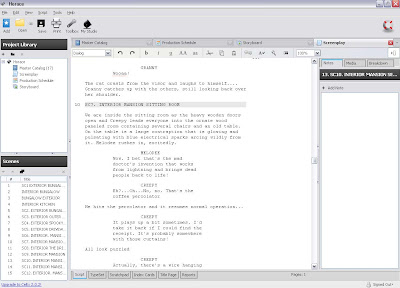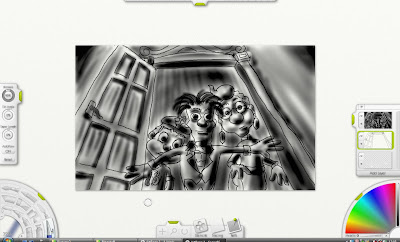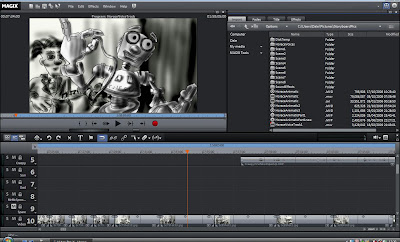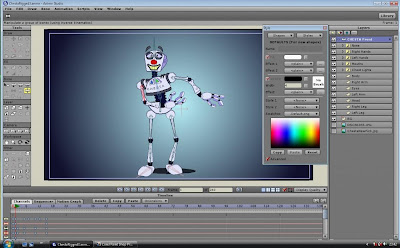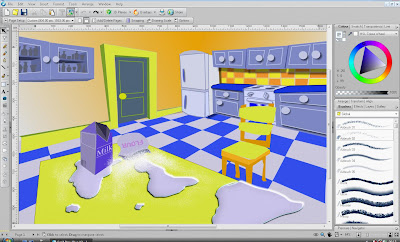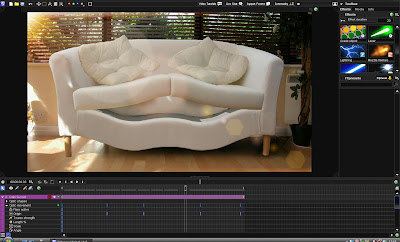This is a project that started, believe it or not, in 1988! A friend, Kevan Goode, and I were trying to come up with an idea for a kids cartoon series that we would have enjoyed when we were kids. The name Horace was chosen as a tribute to my Grandfather. A simple cel animation pilot was completed in 1990. In fact, we even got as far as being offered a contract to produce a series. I find this difficult to believe when viewing the film today! However, for various reasons, we decided to decline the offer. It's a long story!
Recently I had the desire to resurrect the project. The concept and characters have been vastly changed and improved to the point where it`s hardly recognisable as having developed from that cel animation original. I intended to produce the new pilot using Martin Hash's Animation:Master. I created several characters and did many tests in A:M and it was coming along fine. Tragically, Kevan died of a brain tumour just after Christmas 2004 and I lost interest in the project for quite a while.
Despite having lots of idea's that I'd like to pursue I keep coming back to 'Horace'. It's always been very personal to me and I know I've got to get it out of my system at some point and get it done! After finding and experimenting with Anime Studio Pro I made the decision to switch to 2D. There are many reasons for this. Mainly because I think 3D was simply going to take too long to produce. The modeling, texturing, lighting and rendering etc is quite a long process. It's about as easy as it can be in A:M but still time consuming. For instance, A:M is no slouch but one test shot took well over 24 hours to render!
I decided that it was going to be much more practical and economical (especially if we got a commission for a series) to go the 2D route. Kids still love drawn animation and there is a lot of magic in moving drawings that 3D often doesn't seem to capture. Another reason was that after working very long days using Maya in my day job it was becoming increasingly difficult to then continue in the same vein at home.
Below are some of the tests I did in Animation:Master.









